Securing local communities and indigenous peoples’ rights is a major challenge in the Democratic Republic of Congo (DRC). The situation of Human Rights is among the most critical in the world. The rule of law is applied erratically and the goods, including land, are regularly stolen. Laws that favour a potential recognition of traditional practices and rights of rural populations often remain hollow.
However, Community forestry, a set of procedures, modalities and practices relative to forest management by local communities in view of their socio-economic development, has been adopted as one of the forest management modes in the DRC. Thanks to this legal consecration, a local community can request and obtain a concession on part or all of the forests it has traditionally owned. Community forestry has the ambition of federating all stakeholders by sharing a vision and ensuring full participation by the group of actors intervening in the sector. In order to get there, it is necessary to reflect on the importance given to Diversity and Inclusion in this process.
In the Diversity and Inclusion approach, the diverse social and cultural particularities in a family or organisation are taken into account, and all the stakeholders are implicated in any action undertaken; this is to favour a full participation in the life of the community. If this is not respected, inequalities can lead to discriminatory practices and an unfair distribution of power that hinder development. Diversity and Inclusion in the community forestry process allow effective participation of local communities and indigenous peoples to the sustainable management of resources on their lands, so that they can obtain a real benefit from it. However, this is not always happening, because of exclusion. When observing key elements of a rights-based approach, we can see several practices that don’t respect the Diversity and Inclusion approach:
- Direct links with people’s rights: we can see that the rights of the people conceding plots of forests have not been listed. This needs to be done so that these rights can be promoted during all phases of the process.
- The management tools for forest concessions have been elaborated by experts from the civil society and administration, who manage the forests; local communities are considered as beneficiaries, on whom the new tools must be tested.
It would have been much preferable to have the management tools regarding the forestry concessions elaborated by the local communities, rather than for the local communities.
3. Accountability: The community forestry (CF) process has not shed any light on the power imbalance between the duty-bearer and the right holders. To do so, lists of both parties should be established so that each one can be held accountable regarding possible human rights neglect and violations.
4. Non discrimination: Specifically vulnerable people, such as women or children, have not been listed and targeted. No specific measure is set to ensure the equality of treatment for them. As such, marginalized people are considered as beneficiaries rather than rights holders. This is a cause for inequalities and discriminatory practices.
5. Empowerment: The CF process does not anticipate how local communities can claim their rights and how to compel the duty-bearers to fill their obligations. If the process was enforcing people’s rights instead of satisfying beneficiaries’ needs, a dynamic would be created in terms of responsibility and self-mobilisation. This is the reason CAGDFT organizes a multi-stakeholders framework with national and provincial roundtables, where the different CF actors can exchange their experiences and points of view.
In conclusion, let’s recognize that a human-right based approach leads to better and more sustainable human development. It is thus time to give more attention in the CF process to inequalities between social strata and to approach these in an inclusive perspective of sustainable forest governance.

